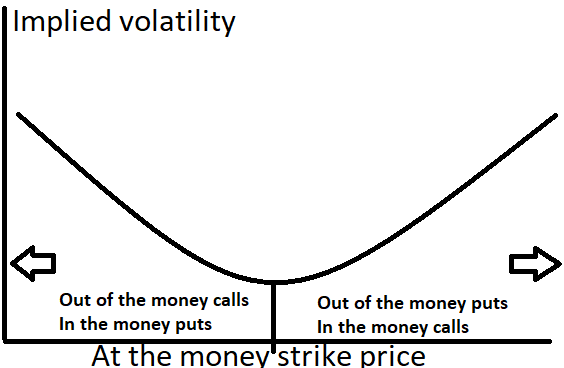OTM is short for out of the money in options trading. This refers to the moneyness of an option contract, the relationship of the current price of the underlying asset to the strike price of a call or put option contract written on that asset. An out-of-the money option has a strike price far from the current price the underlying stock is trading at and would take a large move in its favor to go up a lot in value. An OTM option is all extrinsic value based on time premium and has no intrinsic value.
With options trading, the difference between ‘in-the-money’ and ‘out-of-the-money’ is entirely based on the relationship between the strike price to the current market price of the underlying stock, bond, or commodity, and the distance from having intrinsic value of the option is known as moneyness.
An out-of-the-money (OTM) option has no intrinsic value. A call option is out-of-the-money when the strike price is above the current price of the underlying stock. A put option is out-of-the-money when the strike price is below the current price. The option owner can sell the option for the current value or hold it and wait for the position to move in their favor. OTM options have a low probability of being in-the-money by expiration but can move up a large percentage in value if they move enough to get close to the current strike price.

An option is ‘out-of-the-money’ if the contract would have zero intrinsic value if it were exercised today.
A call option is out-of-the-money if the strike price is more than the current price of the asset it is written on. A put option is out-of-the-money if the strike price is less than the current price of the asset it is written on.
The amount of the move an option captures starts at 50% for an at-the-money option when the strike price and the asset price are equal in value. Delta declines as an option goes deeper out-of-the-money and goes farther away from the strike price. This is called option Delta.
Since in-the-money options have some level of intrinsic value they are priced higher than out-of-the-money options in the same option chain as their delta is higher and captures more of the move in the underlying asset. In-the-money options have a higher probability of expiring with profits and capturing intrinsic value but the out-of-the-money options have a higher gain in percentage if they start moving closer to being at- the-money as the gamma increases pricing in the growing chance of them expiring in-the-money.
Many times you will see options moneyness abbreviated as ITM, OTM, or ATM designating their relationship to their current strike price.
I have created the Options 101 eCourse and Options 101 book for a shortcut to learning how to trade options.
